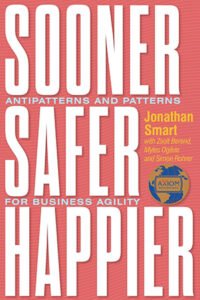|
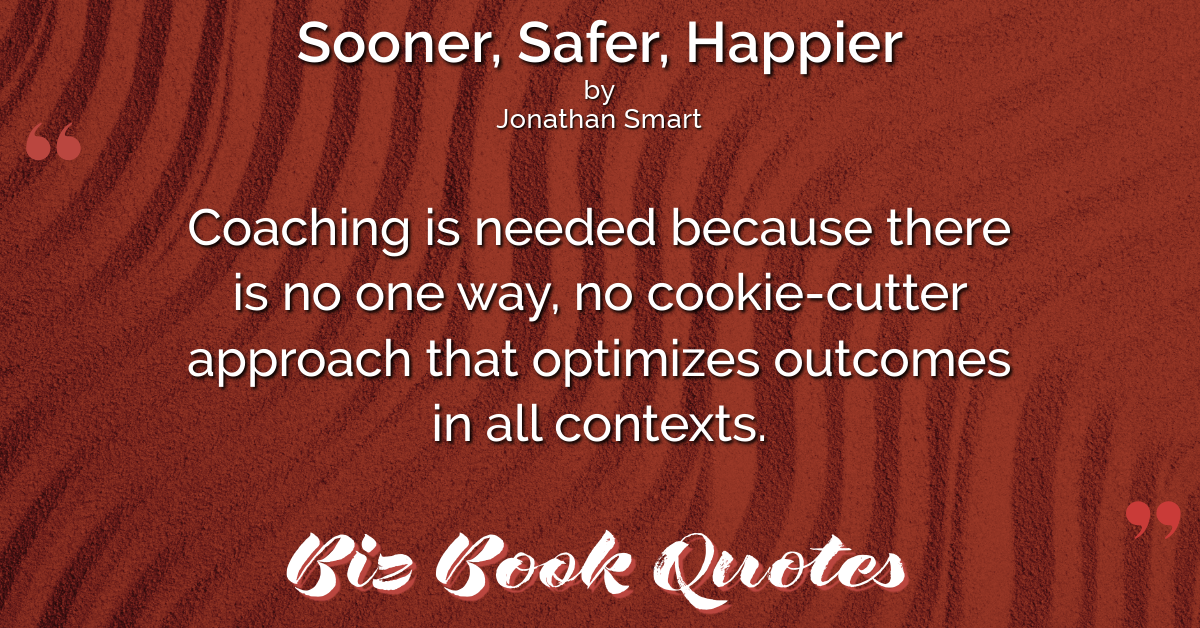
|
Sooner Safer Happier:
Coaching is needed because there is no one way, no cookie-cutter approach that optimizes outcomes in all contexts.
|
105 |
|

|
Sooner Safer Happier:
Within guardrails, practices should not be imposed on teams. Teams should be invited and supported to take ownership in order to work out the best way to apply the principles and improve outcomes for themselves.
|
106 |
|

|
Sooner Safer Happier:
When measuring outcomes, improvement over time is more important than the absolute value; everyone has a different starting point and context.
|
106 |
|
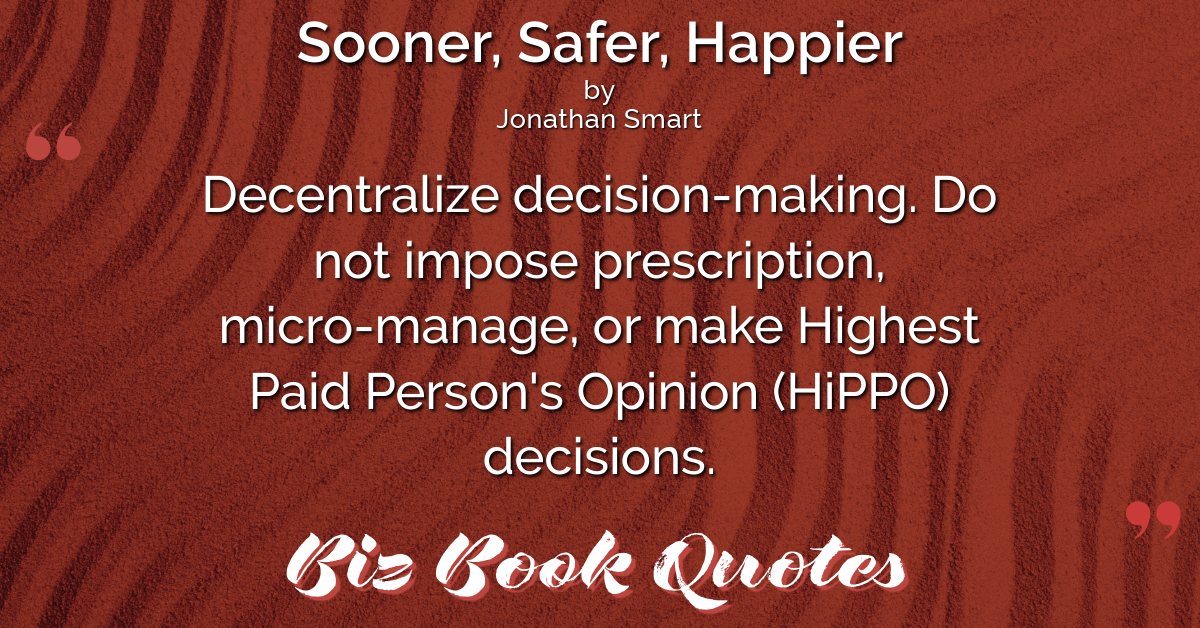
|
Sooner Safer Happier:
Decentralize decision-making. Do not impose prescription, micro-manage, or make Highest Paid Person’s Opinion (HiPPO) decisions.
|
107 |
|
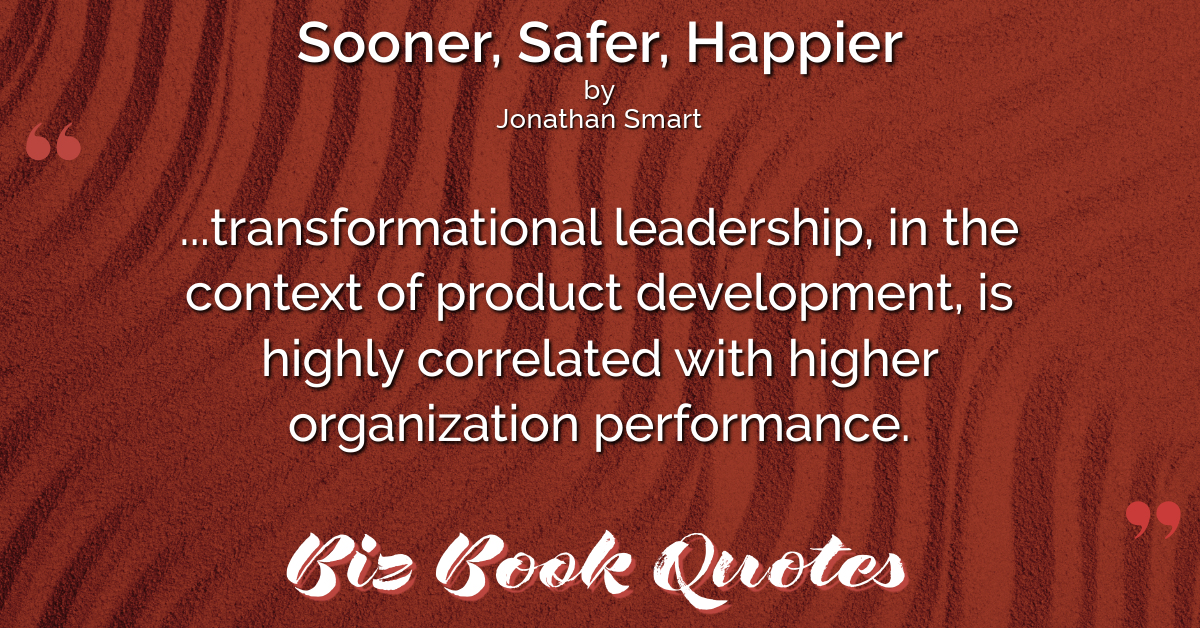
|
Sooner Safer Happier:
…transformational leadership, in the context of product development, is highly correlated with higher organization performance.
|
107 |
|
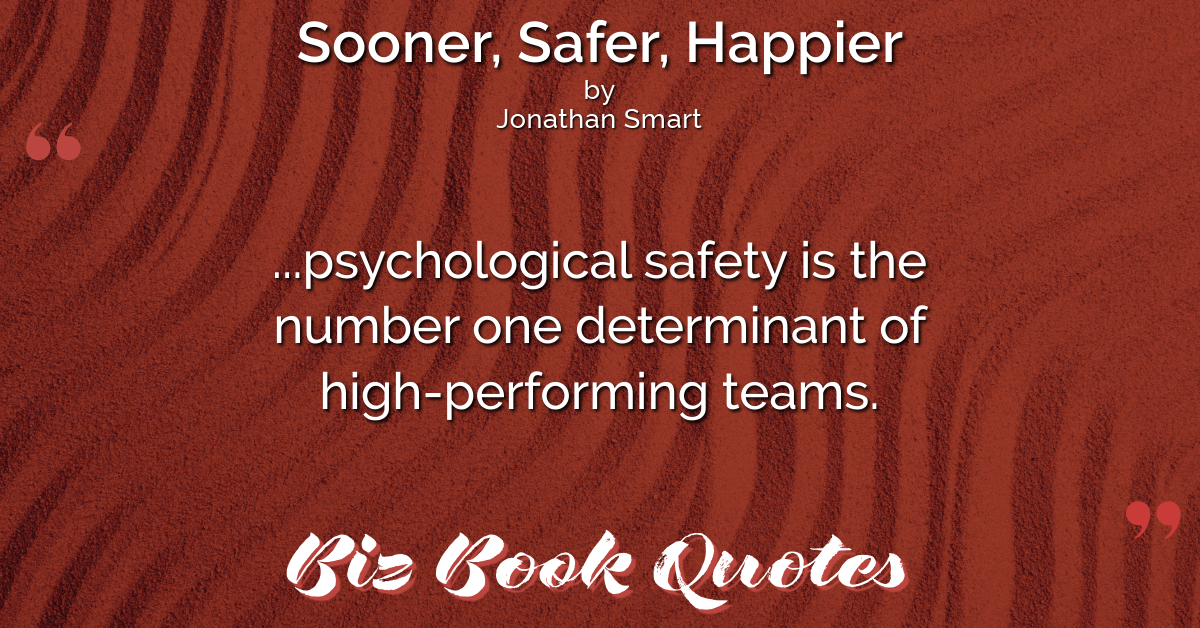
|
Sooner Safer Happier:
…psychological safety is the number one determinant of high-performing teams.
|
107 |
|

|
Sooner Safer Happier:
Autonomy, empowerment, and psychological safety increase intrinsic motivation and engagement as people bring their brains to work.
|
107 |
|
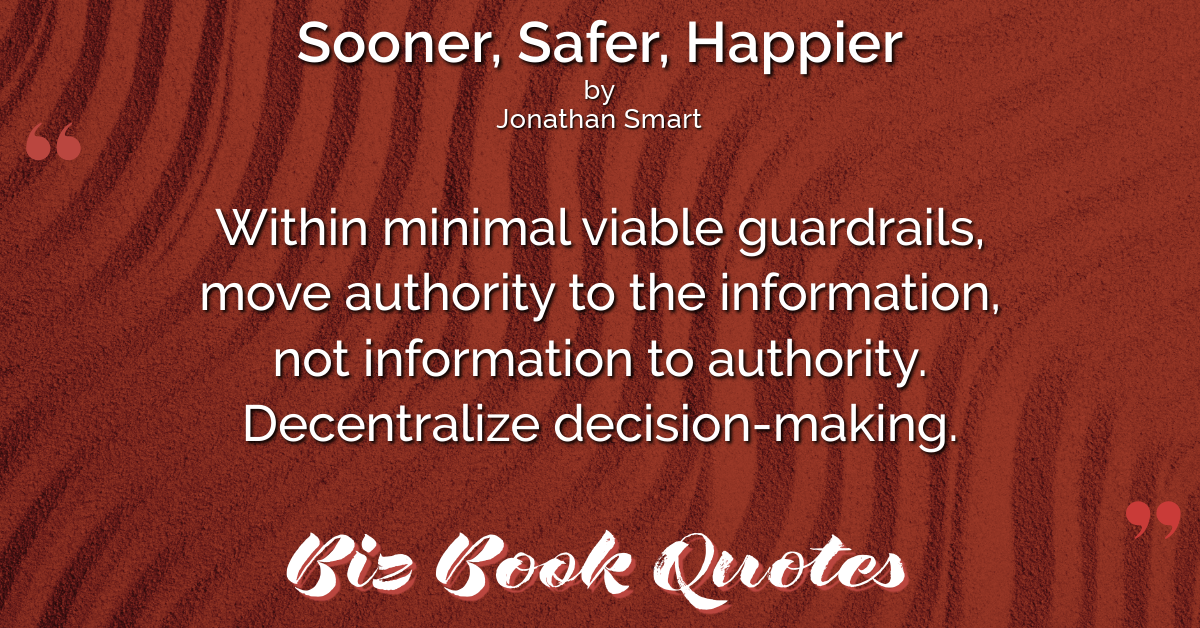
|
Sooner Safer Happier:
Within minimal viable guardrails, move authority to the information, not information to authority. Decentralize decision-making.
|
107 |
|
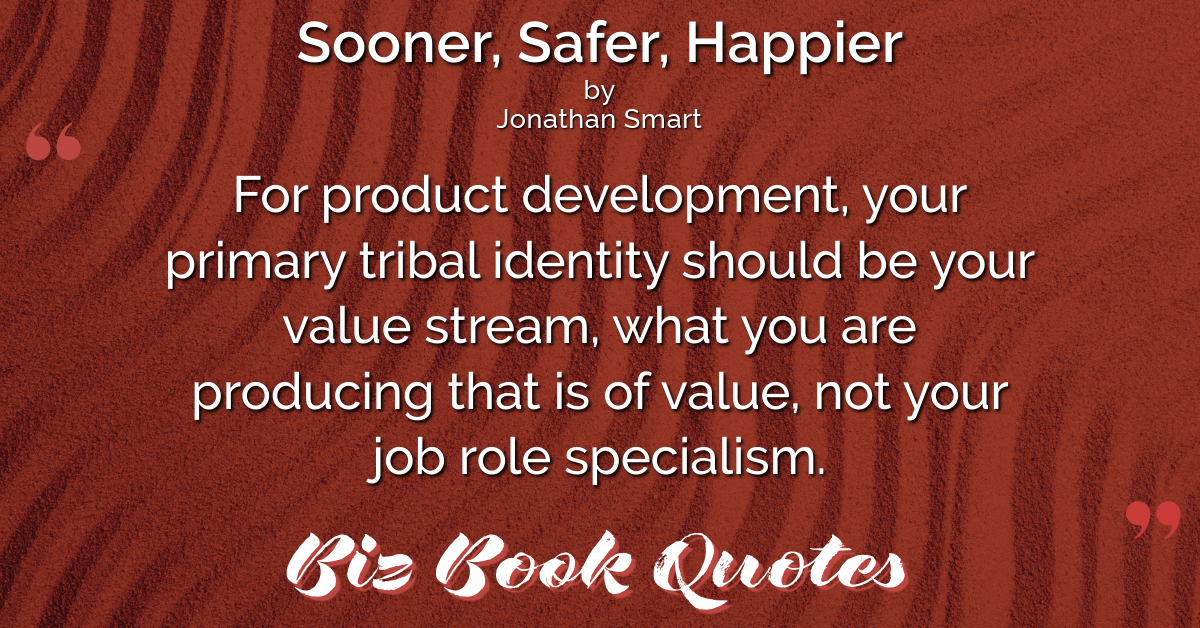
|
Sooner Safer Happier:
For product development, your primary tribal identity should be your value stream, what you are producing that is of value, not your job role specialism.
|
109 |
|
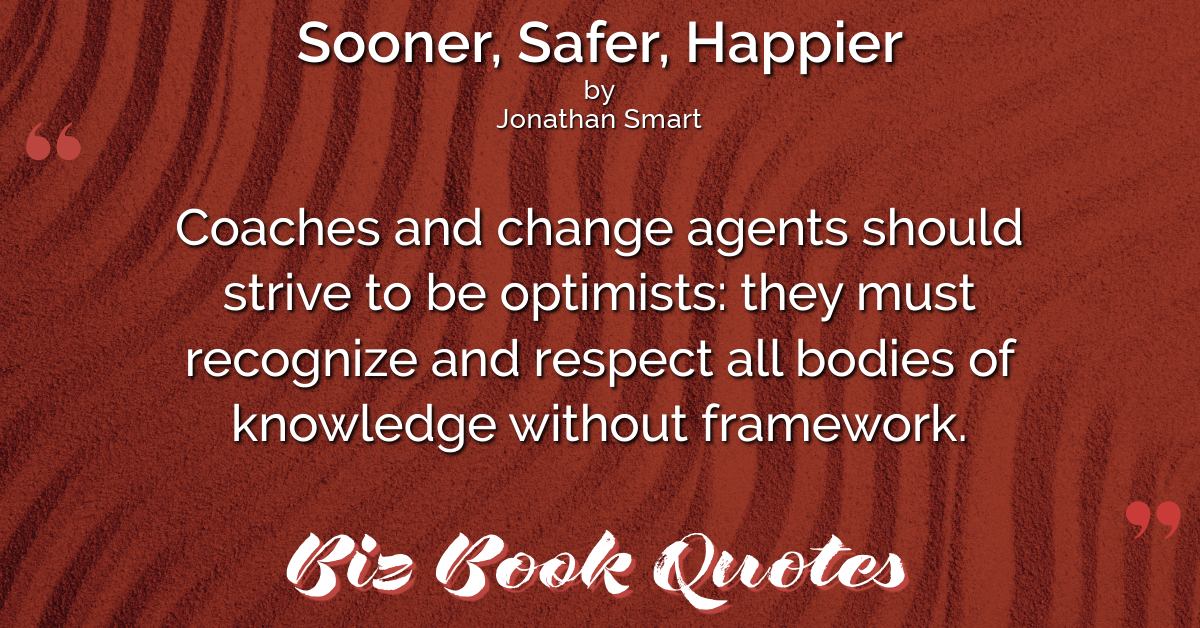
|
Sooner Safer Happier:
Coaches and change agents should strive to be optimists: they must recognize and respect all bodies of knowledge without framework.
|
109 |
